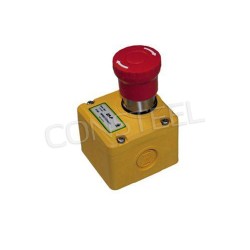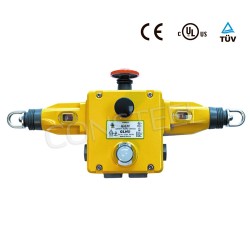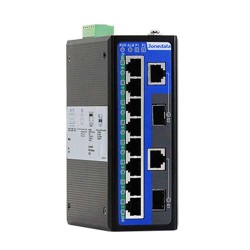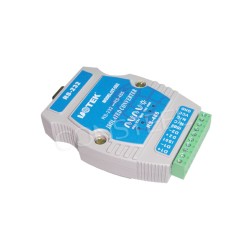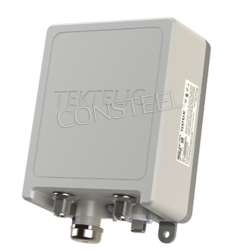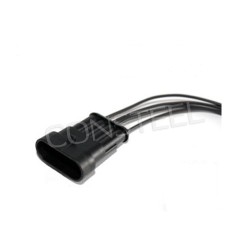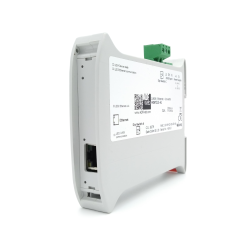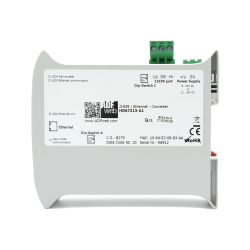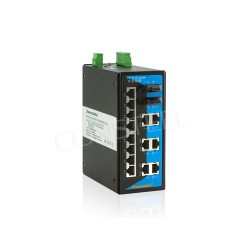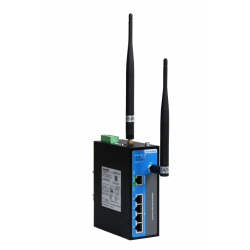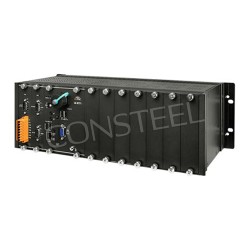How does the emergency stop work?
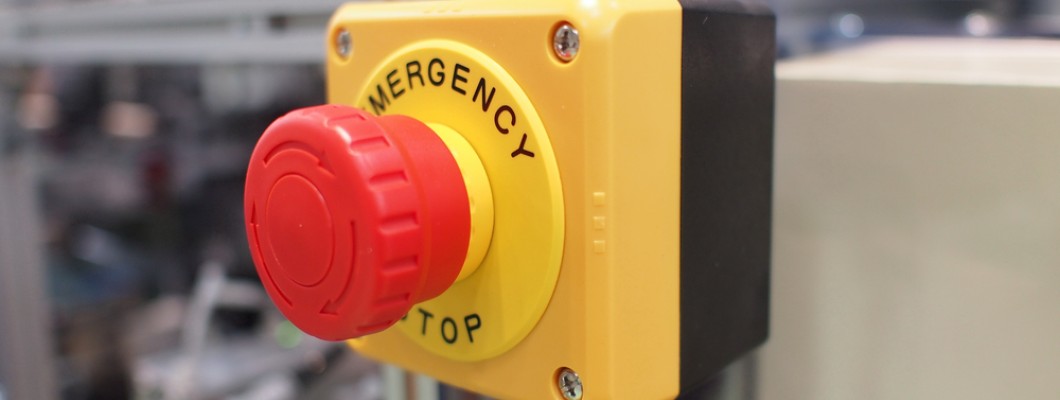
In industrial environments where machines and processes operate at high speeds and in the presence of potentially hazardous materials, ensuring the safety of personnel and equipment is of utmost importance. One of the elements playing a key role in protecting against emergency situations is the industrial emergency stop switch. These devices, also known as emergency stop or emergency stop buttons, serve as the last line of defense, allowing quick and decisive action in the event of a dangerous situation. Let's take a look at how an emergency stop switch works and why these types of devices are essential in industrial applications.
Mechanism of operation of an emergency stop
The industrial emergency stop switch is used to immediately stop machinery and equipment once it has been activated, preventing further operation and reducing potential risks to personnel and property. The mechanism of operation typically involves a large, visible button or switch that the operator can easily identify and access in an emergency.
Pressing the emergency stop button triggers a series of actions that quickly interrupt power to machinery or equipment. This is accomplished by using a relay or contactor connected to the emergency stop circuit. Pressing the button physically breaks the electrical connection, causing the relay or contactor to de-energize and cut power to the motor or other components, bringing the equipment to a safe stop.
The importance of the emergency stop switch in industrial safety
Emergency response:Industrial environments are prone to a variety of hazards, including equipment failures, operator errors and unforeseen circumstances. In such situations, quick action is essential to prevent accidents and injuries. An emergency stop switch provides a quick and effective way to stop a machine, allowing operators to react quickly to reduce risks and ensure personnel safety.
Superior safety measures:Although there are other safety systems and protective mechanisms to prevent accidents, the emergency stop switch serves as a key fail-safe measure. It provides an additional layer of protection that can be activated immediately, independent of other control systems. This redundancy enhances safety by providing operators with multiple options for stopping machines in an emergency.
Compliance: Regulatory bodies and industry standards mandate the use of emergency stop switches in industrial settings to protect workers and comply with safety regulations. Adherence to these standards not only ensures a safe work environment, but also helps organizations avoid potential fines, litigation and reputational damage resulting from safety violations.
Easy accessibility and identification: Industrial emergency stops are strategically located and clearly marked for easy identification and access. They are typically located within easy reach of the operator and are often color-coded or labeled with distinctive markings to distinguish them from other controls. This allows operators to quickly locate and activate an emergency switch when needed without hesitation or confusion.
Industrial emergency stop switches are critical safety devices that play a vital role in protecting personnel, machinery and assets in industrial environments. By providing a reliable way to stop equipment in emergency situations, these switches help reduce risk, prevent accidents and ensure compliance with safety regulations. Their instant response, redundant safety features and easy availability make them essential components of industrial safety systems. As organizations continue to prioritize safety in the workplace, the importance of industrial emergency switches in protecting against emergency situations cannot be overstated.
.













